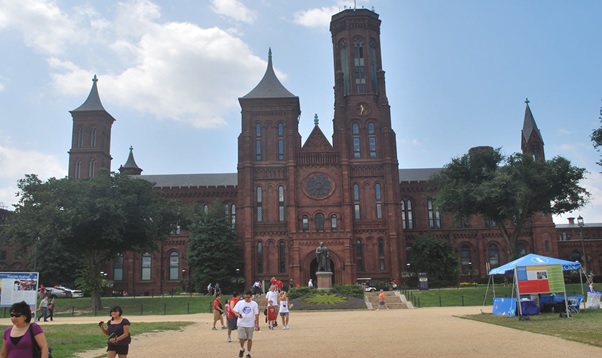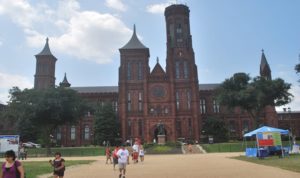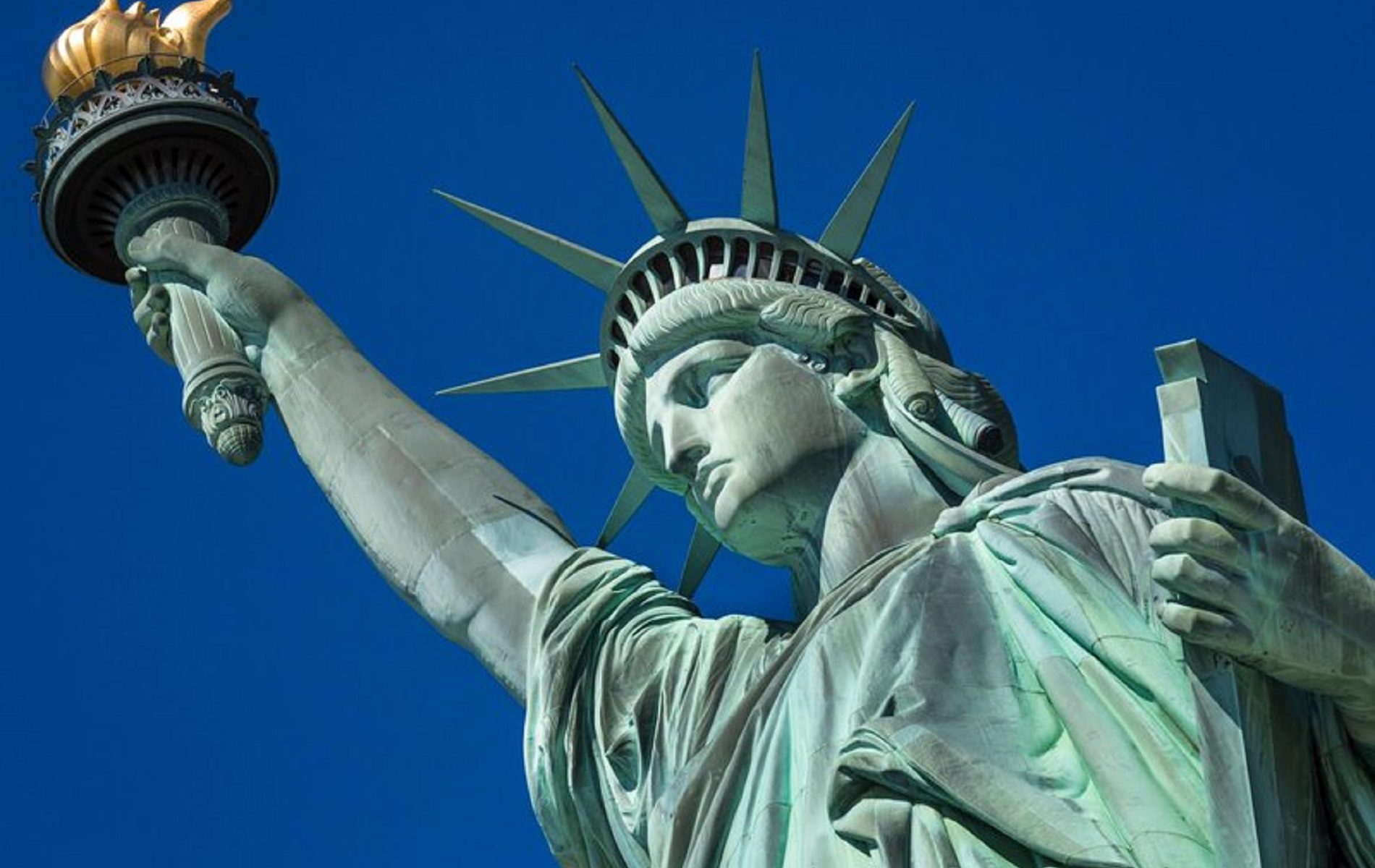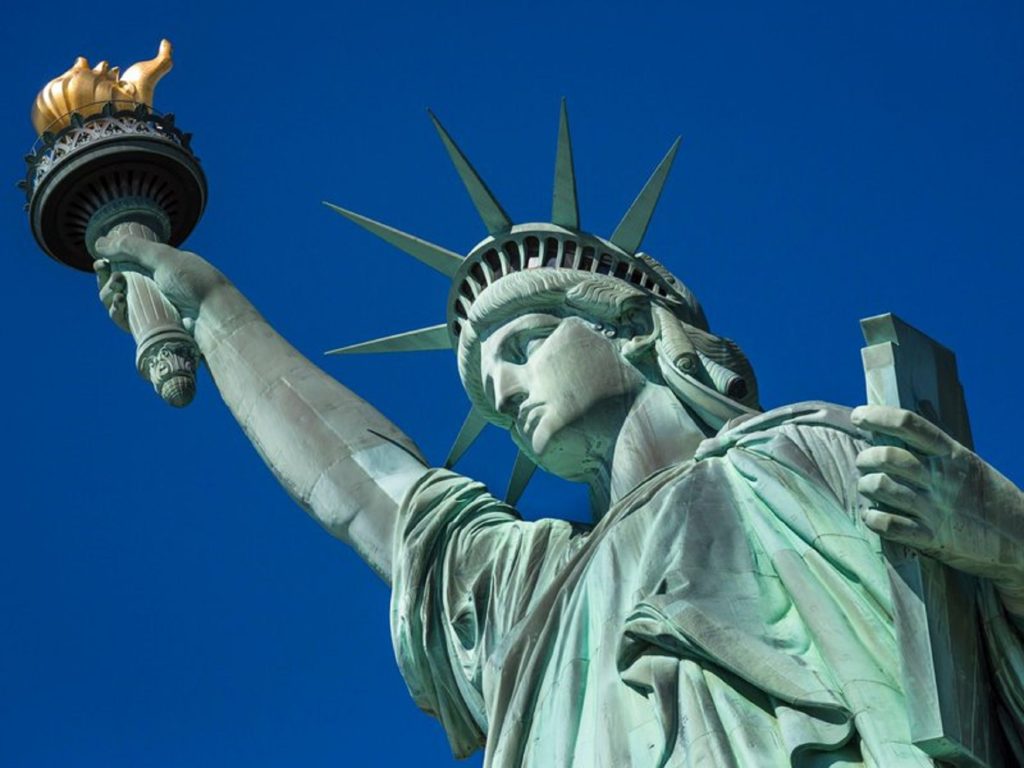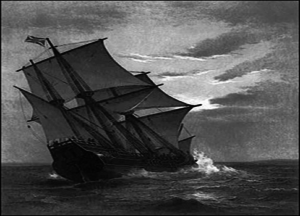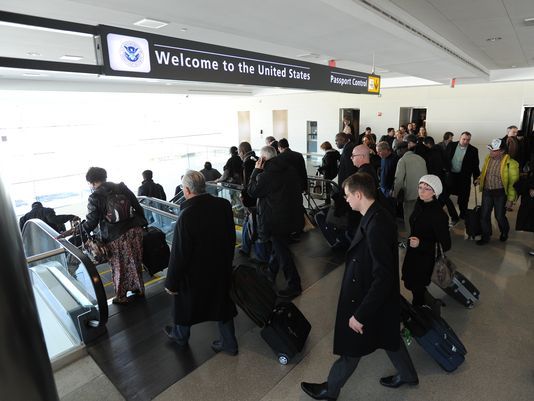
In our last few posts we’ve talked about immigration laws before the modern era. This blog discusses immigration laws over most of the 20th Century that have shaped the country we are now. During this period, coinciding with the 4th chapter of the National Museum of the American People’s story, the doors to the United States were all but closed to overseas immigrants in 1924, though the Indian Citizenship Act of that year granted U.S. citizenship to American Indians.
In 1929 as the Great Depression set in, Congress tightened overseas immigration even more by cutting the number of immigrants allowed annually to 150,000. It also linked a 2% nationality quota to the 1920 Census, limiting immigrants from eastern and southern Europe even more than at the end of the Museum’s 3rd Chapter.
Even without these harsher immigration laws, the Great Depression in the 1930s was slowing immigration to a trickle. During the deepest years of the Depression there were more people leaving the United States than entering it.
The political leanings of immigrants became an issue in the 1940s and 1950s. In 1940 the Alien Registration Act required all immigrants above age 13 to register with the government and be be fingerprinted, while it banned “subversives” from immigrating at all. The 1950 Internal Security Act allowed the U.S. to deport immigrants who were ever members of the Communist Party.
During World War II, the U.S. faced a shortage of farm workers and the so called Bracero Program was instituted in 1942 allowing Mexican manual laborers into the U.S. to work on farms. Over the following 22 years, about 5 million Mexican workers participated in the program.
Also during World War II the Chinese Exclusion Act was repealed though the annual quota was only 105 and in 1946 the repeal was extended to cover Filipinos and Indians.
In the immediate aftermath of the war, the War Brides Act was enacted in 1945 to allow alien spouses, natural children and adopted children of members of the Armed Forces to become citzens. More than 100,000 entered the U.S. via this route.
The war also led to a massive worldwide increase of refugees and the U.S. passed the Displaced Persons Act in 1948 allowing up to 200,000 refugees into the country. In 1952 the Immigration and Nationality Act consolidated earlier laws and eliminated race as a basis for exclusion. However the quota system remained in place and immigration remained at low levels.
The Immigration Act of 1965 changed all that. While annual immigration from overseas was limited to 170,000 with a maximum of 20,000 from any one country, and immigration from the Western Hemisphere was limited to 120,000, a preference system was established for family members of U.S. citizens and immigrants with special skills. Those two features had no numerical restrictions and led to a major increase in immigrants over subsequent decades.
Special laws were enacted to facilitate refugees from Cuba (1966) and then Vietnam, Cambodia and Laos (1975-76). In 1980 the Refugee Act was adopted to facilitate a variety of refugee issues around the world. Those fleeing their country on account of race, religion, nationality or politics were made a different category of immigrants and increased the number of people who could be admitted to the United States under this category.
A 1986 Immigration Reform Act gave those who entered the U.S. before 1982 a path to citizenship provided that they met a list of criteria. It also legalized certain seasonal agricultural undocumented immigrants, and made it illegal to knowingly hire or recruit undocumented immigrants.
Four years later, the Immigration Act of 1990 set an annual ceiling of 700,000 immigrants for three years and 675,000 after that. As the number of undocumented immigrants swelled during the 1990s, the Illegal Immigration Reform and Immigrant Responsibility Act of 1996 allowed deportation of immigrants for a wider range of crimes and applied the law retroactively. The number of Border Patrol agents was also increased.
Over the last two decades immigration has remained a major national political issue. The National Museum of the American People will be continuously updated to bring the story of the making of the American People up to date. In a future blog we will discuss immigration issues that have emerged in the 21st Century.
This blog is about the proposed National Museum of the American People which is about the making of the American People. The blog will be reporting regularly on a host of NMAP topics, American ethnic group histories, related museums, scholarship centered on the museum’s focus, relevant census and other demographic data, and pertinent political issues. The museum is a work in progress and we welcome thoughtful suggestions.
Sam Eskenazi, Director, Coalition for the National Museum of the American People
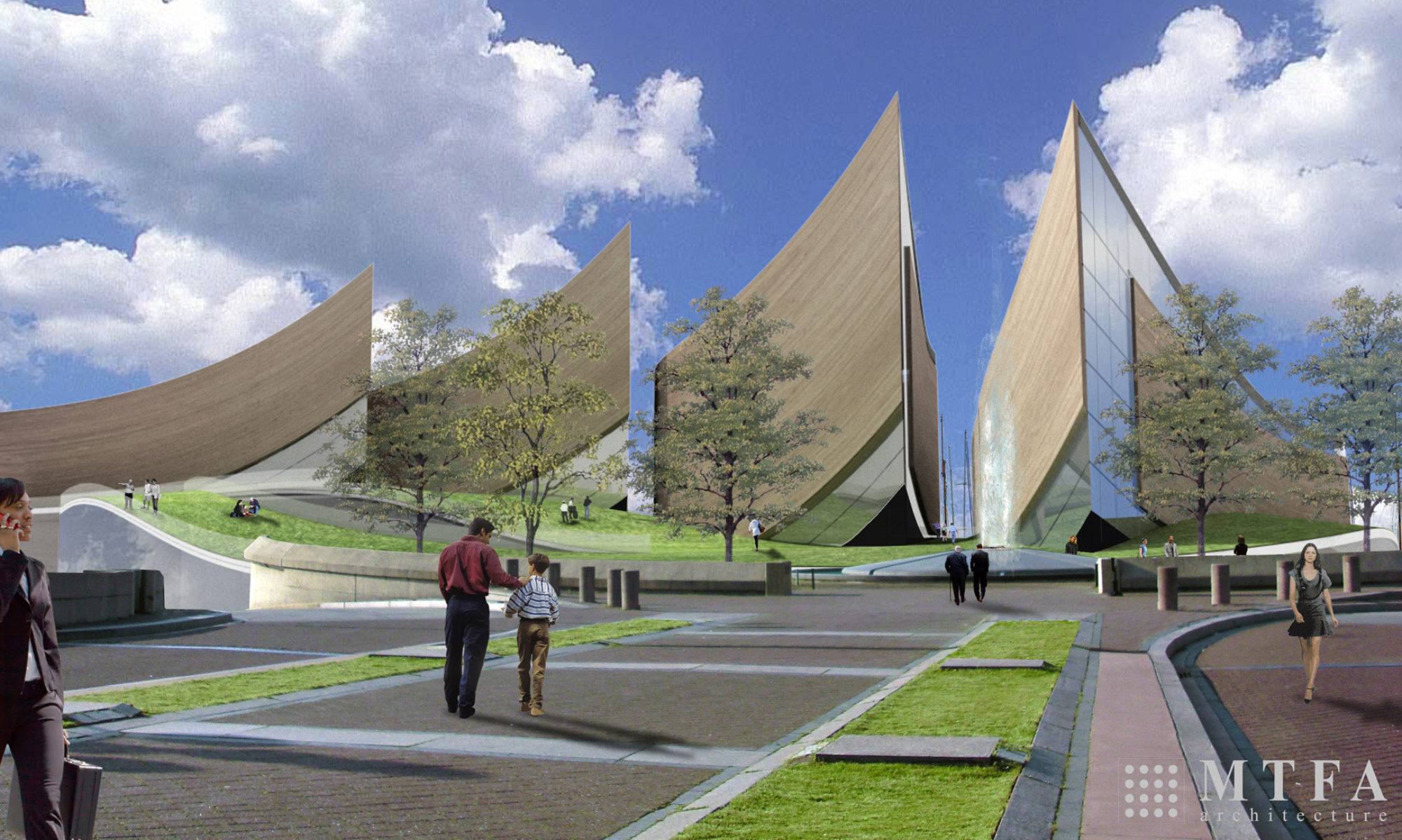
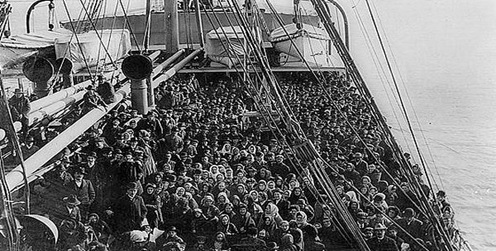
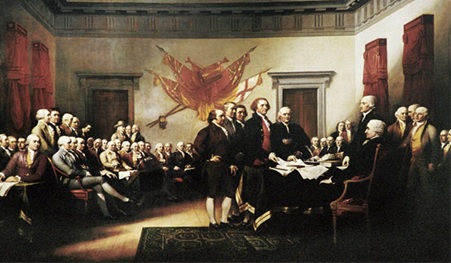

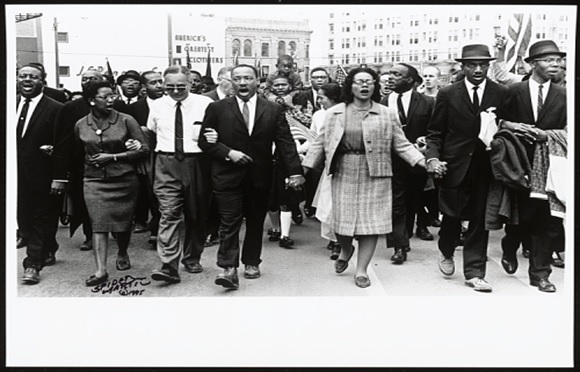
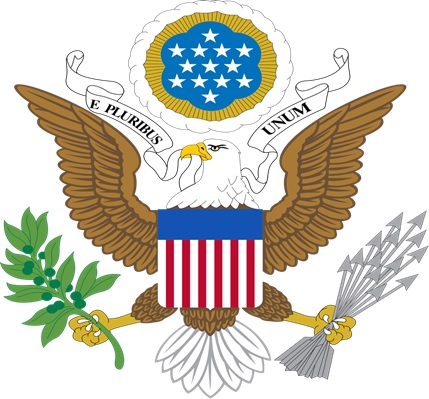
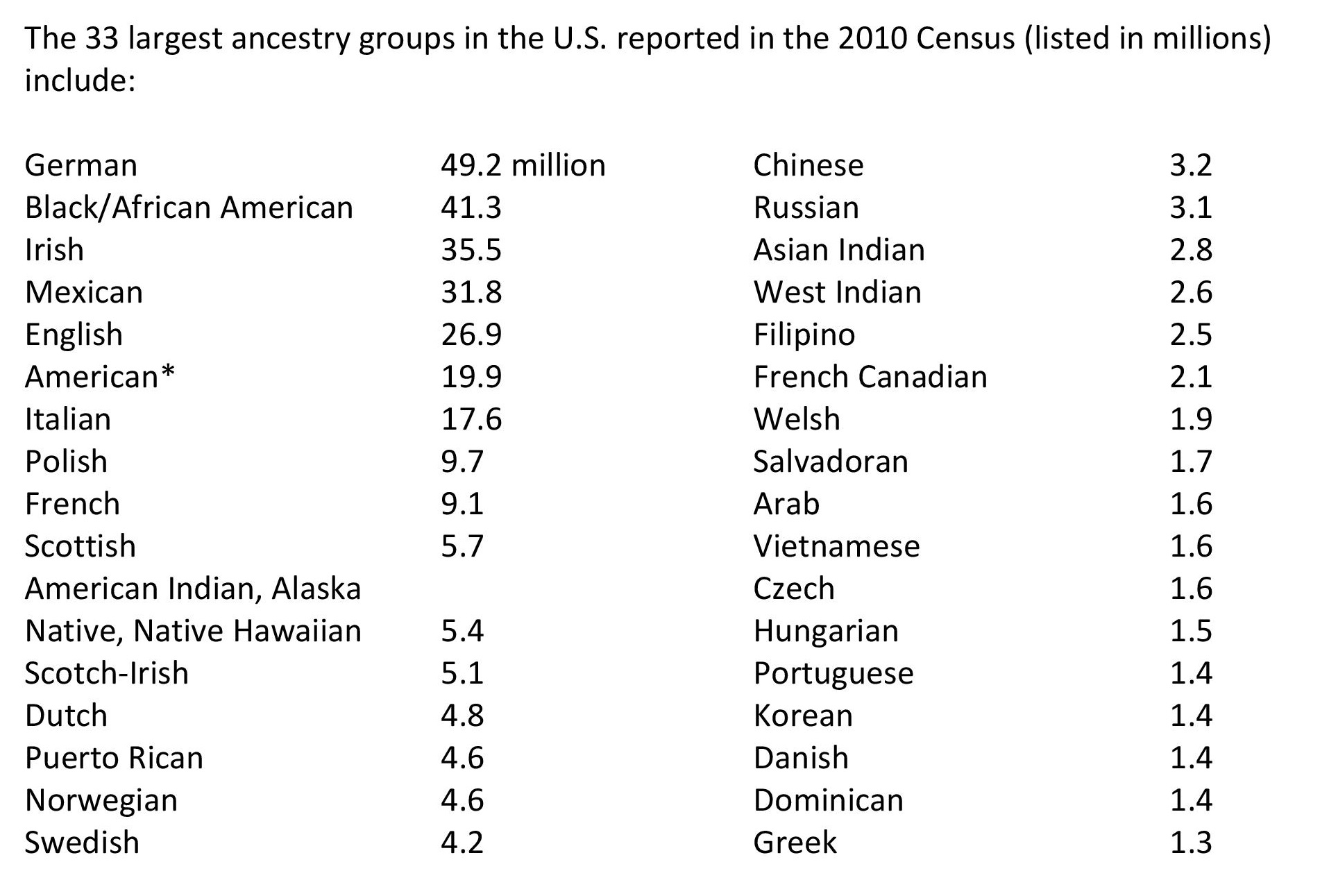 * Generally, people who put down “American” on the Census form have ancestors who came from England, Scotland, Ireland and Germany during the 17 and 18th centuries. They and their descendants thoroughly intermingled and 200 years later they describe their ethnicity as American.
* Generally, people who put down “American” on the Census form have ancestors who came from England, Scotland, Ireland and Germany during the 17 and 18th centuries. They and their descendants thoroughly intermingled and 200 years later they describe their ethnicity as American.